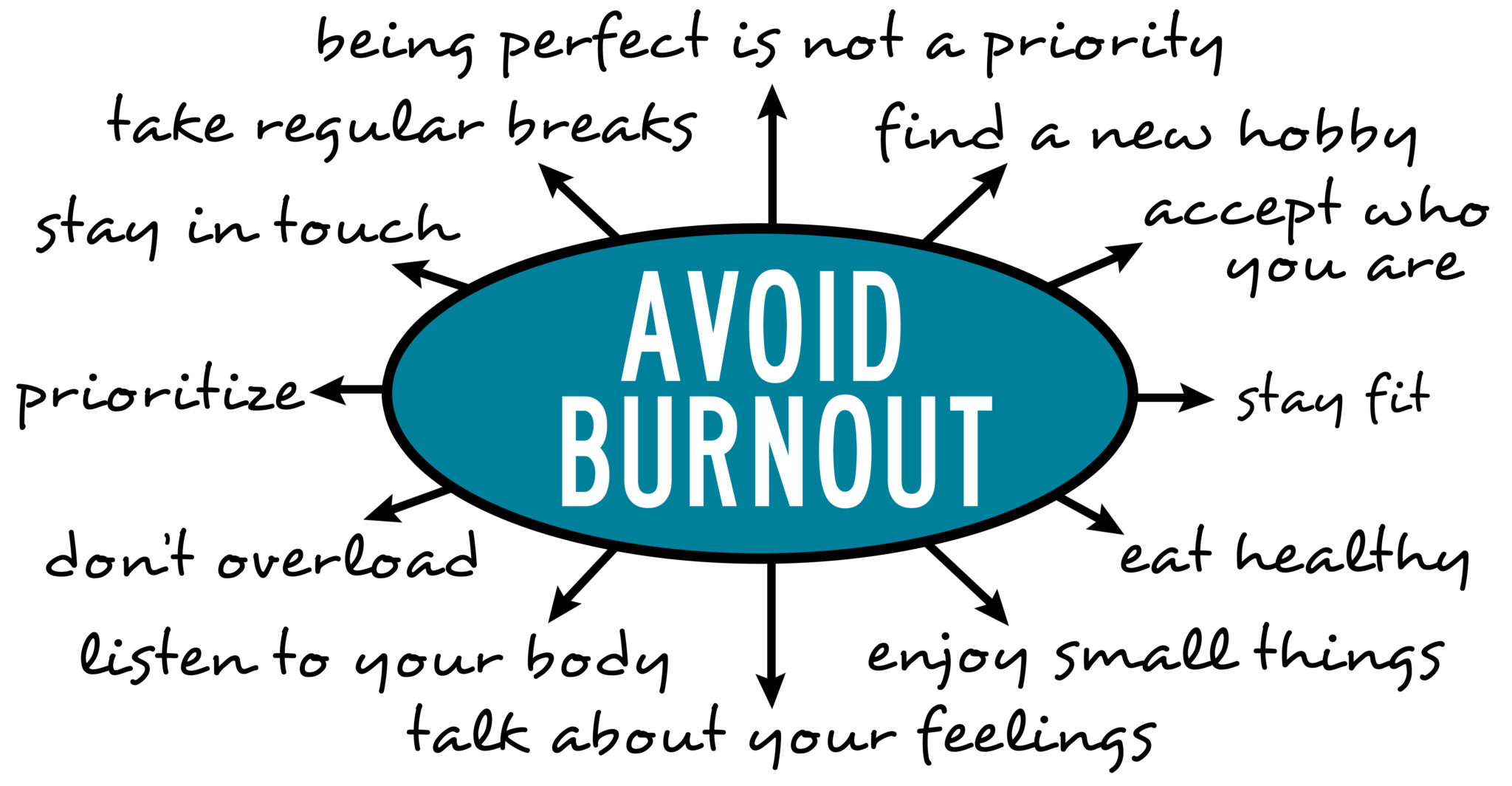Introduction: The rise of sedentary lifestyles and its impact on health
In today’s fast-paced world, technology has transformed the way we live and work. While it has brought us countless conveniences, it also comes with a hidden cost—a rise in sedentary lifestyles. More people than ever are spending hours glued to screens, whether at home or in the office. This shift raises an alarming question: Is sitting becoming the new smoking?
As we settle into our chairs for extended periods, our health may be silently suffering. The consequences of inactivity stretch far beyond mere discomfort; they could signal serious long-term risks to our well-being. Let’s dive deeper into this pressing issue and uncover what a sedentary lifestyle means for your body and mind.
Understanding the concept of “sitting disease”
The term “sitting disease” refers to the health risks associated with prolonged periods of inactivity, especially when sitting for extended hours. This phenomenon has emerged as a significant public health concern in our modern world.
When we sit, our bodies enter a state of reduced energy expenditure. Muscles become inactive, and metabolism slows down. This shift can lead to various health issues over time.
Research indicates that those who spend more than six hours seated daily face increased risks of obesity, cardiovascular diseases, and diabetes. The sedentary lifestyle impacts not only physical well-being but also plays a role in chronic conditions.
Recognizing this issue is the first step toward addressing it. Understanding how sitting affects our bodies empowers individuals to make healthier choices throughout their day-to-day lives.
The negative effects of prolonged sitting on the body
Prolonged sitting can wreak havoc on the body in unexpected ways. It contributes to poor posture, leading to back and neck pain that many people dismiss as a minor inconvenience. Over time, slouching can become a habit, further exacerbating discomfort.
Extended periods of inactivity also slow down metabolism. This sluggishness makes it harder for the body to regulate blood sugar levels and burn fat efficiently. As a result, individuals may find weight management increasingly challenging.
Additionally, sedentary behavior is linked to serious health risks such as cardiovascular disease. When you don’t move enough, circulation suffers and heart health declines.
Muscle degeneration is another consequence of too much sitting. Key muscle groups weaken without regular engagement, which affects overall strength and stamina.
The impacts go beyond physical changes; they ripple through your daily life in subtle but significant ways.
How a sedentary lifestyle affects mental health
A sedentary lifestyle doesn’t just harm the body; it takes a toll on mental health too. When we spend long hours sitting, our mood can plummet. This is often connected to decreased physical activity, which releases feel-good hormones like endorphins.
Moreover, prolonged inactivity can increase feelings of anxiety and depression. The lack of movement may lead to increased stress levels and a sense of lethargy. Brain function also suffers due to reduced blood flow and oxygen delivery when we’re inactive for extended periods.
Social isolation is another factor. Many who embrace sedentary behavior miss out on social interactions that typically occur during active pursuits. This disconnection can further exacerbate feelings of loneliness or sadness.
Making small changes to include more movement in your day could prove beneficial for both mind and body, fostering a healthier outlook overall.
Tips for reducing sedentary behavior in daily life
Start by setting small, achievable goals. Aim to stand up or stretch every 30 minutes while working. Use a timer as a reminder.
Consider using a standing desk or a balance ball chair. These alternatives can encourage you to engage your muscles and maintain better posture throughout the day.
Add movement into daily tasks. Walk during phone calls or do light exercises while watching TV. Every bit counts.
Make walking part of your routine—park farther away from entrances or take the stairs instead of elevators whenever possible.
Engage friends or family in physical activities. Having company makes it more enjoyable and motivates you to stay active together.
Schedule regular breaks for fresh air outside; even short walks can significantly reduce sedentary behavior and boost energy levels throughout the day.
Incorporating movement breaks and exercise into a busy schedule
Finding time to exercise can feel impossible in a busy schedule. However, small changes can make a big difference.
Start by setting an alarm for movement breaks. Just 5-10 minutes every hour can boost energy and productivity. Use this time to stretch or take a brisk walk around the office.
Consider incorporating physical activity into your daily routine. For instance, opt for stairs instead of elevators whenever possible. Parking further away from entrances gives you extra steps without taking up much time.
Even household chores count as movement! Cleaning, gardening, or playing with kids are effective ways to stay active while managing tasks.
Explore quick workout apps that offer short routines tailored to your schedule. You don’t need hours; even brief sessions add up over the week and combat sedentary behavior effectively.
Taking small steps towards a more active lifestyle can improve overall health and well-being
Taking small steps towards a more active lifestyle can significantly enhance your health and well-being. Start by integrating simple changes into your daily routine. Stand up while making phone calls, take the stairs instead of the elevator, or even set reminders to stretch every hour.
Walking meetings are a great way to combine work with light exercise. Consider using a standing desk for part of your day or schedule short walks during breaks. These adjustments not only combat sedentary behavior but also boost productivity and creativity.
Engaging in physical activities you enjoy makes it easier to stay motivated. Whether it’s dancing, playing sports, or gardening, find what excites you and make it part of your life. Remember that movement doesn’t have to be intense; even gentle activity contributes positively.
Tracking your progress can be rewarding too—consider using apps or wearables that monitor your activity levels. Celebrate milestones along the way as each step toward an active lifestyle is significant.
By addressing inactivity with these practical approaches, you’ll notice improvements—not just physically but mentally as well. Embracing these changes fosters resilience against the risks associated with prolonged sitting, ultimately leading to a healthier future without sacrificing enjoyment in life’s little moments.




